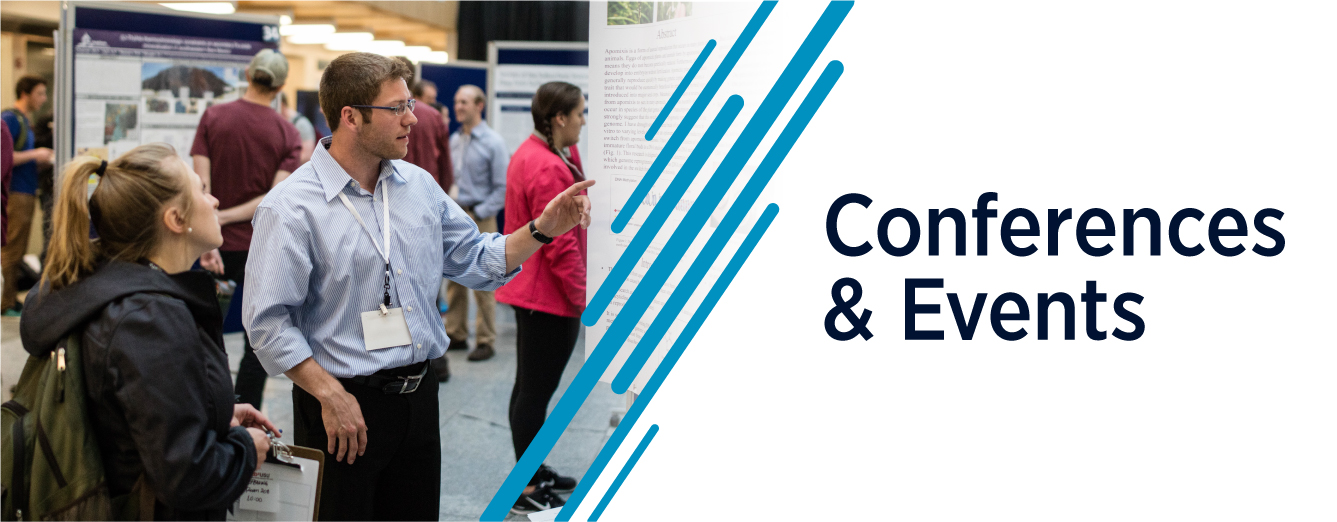Abstract
The space projects are always designed to push back the frontiers of what is feasible, focusing for instance on spatial, spectral and/or temporal aspects. In any case, the radiometric quality has to meet the end-user’s requirements, which may also be higher and higher. In the frame of optical Earth observation, the French space agency (CNES) is involved in a large panel of upcoming projects addressing new challenges such as the very high spectral resolution for carbon dioxide monitoring with MICROCARB, the combination of both spatial and spectral resolution for a spectro-imager, the thermal infrared domain with TRISHNA, the polarisation with 3MI.
For the image quality team in CNES, the task is twofold. During the mission development phase, the team takes part in the mission specifications in order to ensure the coherence between the instrument performances, the on-ground processing and the end-users needs. After the launch, the team has to measure each specified performances in order to validate them; and if not, tune the on-ground processing to meet the specifications. This combined exercise asks to develop and improve various calibration and validation methods which will be the core topic of this presentation.
The radiometric calibration is often based on on-board equipment and this aspect will not be addressed here because it depends specifically on each mission. The focus will be put rather on vicarious validation methods more generally applicable. CNES is working on 8 methods based on: Pseudo-Invariant Calibration Sites (PICS) both on hot and cold deserts, Rayleigh scattering, Deep Convective Clouds (DCC), ocean sunglint, instrumented sites, the Moon and the stars. In particular, the last improvement of these techniques spurred by the upcoming missions will be presented such as the deployment of thermal infrared in situ measurements, the adaptation of PICS approach to the high spectral resolution of MICROCARB, the calibration of hyperspectral sensor, the calibration studies for 3MI, the combination of all methods into a new unified calibration software designed to be opened to CNES partners. These vicarious method improvements will be fully tested once the real images will be acquired; until then, simulated images or images taken from other satellites are taken to present first results.
The vicarious calibration methods must sustain the pace of space mission innovations. This work is crucial to maintain well-calibrated and homogeneous datasets from past, present and future space missions. An accurate calibration ensures coherent datasets ready for machine learning approaches, data fusion (designed to increase temporal, spatial and/or spectral resolution), Earth change monitoring or any other applications leveraging large time series built from multiple sensors.
How to Make Radiometric Vicarious Calibration Methods Ready for the Upcoming Space Projects
The space projects are always designed to push back the frontiers of what is feasible, focusing for instance on spatial, spectral and/or temporal aspects. In any case, the radiometric quality has to meet the end-user’s requirements, which may also be higher and higher. In the frame of optical Earth observation, the French space agency (CNES) is involved in a large panel of upcoming projects addressing new challenges such as the very high spectral resolution for carbon dioxide monitoring with MICROCARB, the combination of both spatial and spectral resolution for a spectro-imager, the thermal infrared domain with TRISHNA, the polarisation with 3MI.
For the image quality team in CNES, the task is twofold. During the mission development phase, the team takes part in the mission specifications in order to ensure the coherence between the instrument performances, the on-ground processing and the end-users needs. After the launch, the team has to measure each specified performances in order to validate them; and if not, tune the on-ground processing to meet the specifications. This combined exercise asks to develop and improve various calibration and validation methods which will be the core topic of this presentation.
The radiometric calibration is often based on on-board equipment and this aspect will not be addressed here because it depends specifically on each mission. The focus will be put rather on vicarious validation methods more generally applicable. CNES is working on 8 methods based on: Pseudo-Invariant Calibration Sites (PICS) both on hot and cold deserts, Rayleigh scattering, Deep Convective Clouds (DCC), ocean sunglint, instrumented sites, the Moon and the stars. In particular, the last improvement of these techniques spurred by the upcoming missions will be presented such as the deployment of thermal infrared in situ measurements, the adaptation of PICS approach to the high spectral resolution of MICROCARB, the calibration of hyperspectral sensor, the calibration studies for 3MI, the combination of all methods into a new unified calibration software designed to be opened to CNES partners. These vicarious method improvements will be fully tested once the real images will be acquired; until then, simulated images or images taken from other satellites are taken to present first results.
The vicarious calibration methods must sustain the pace of space mission innovations. This work is crucial to maintain well-calibrated and homogeneous datasets from past, present and future space missions. An accurate calibration ensures coherent datasets ready for machine learning approaches, data fusion (designed to increase temporal, spatial and/or spectral resolution), Earth change monitoring or any other applications leveraging large time series built from multiple sensors.
